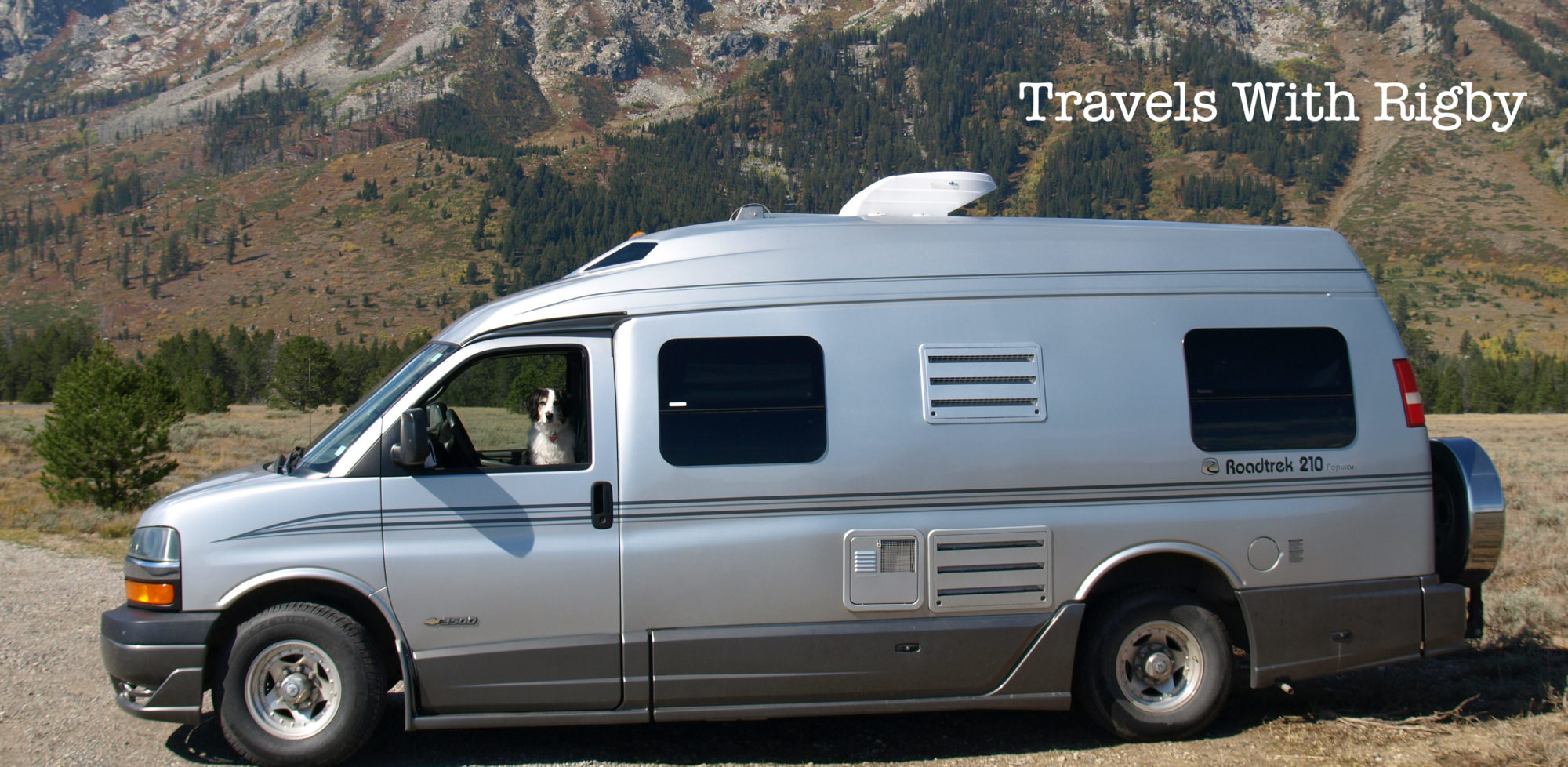Spoiler alert: We loved Ouray (pronounced U-RAY).
What’s not to like? A clean, friendly, authentic western mountain town, tucked in a narrow valley with craggy, granite rocks on one side and snow-capped peaks on the other.

This is a former gold and silver mining area, but once mining went belly up (more or less), they reinvented themselves into a funky, small (population 1,000) getaway spot carved into the western slopes of the Rockies.
The setting, the old mining roads and the cliffs (a rock climber’s dream) attract all sorts of people scrambling around on trails, scaling rock faces (winter and summer), mountain biking and trying not to collide with mountain sheep. There isn’t a flat surface here – and that includes the historic Main Street lined with small, independent shops (not a single chain or franchise in the whole place).
Ouray is encircled by a well maintained hiking trail about 10 km in length, with all sorts of short trail spurs branching off. We were able to get in an afternoon hike – leashed dogs okay – with excellent views up to the surrounding mountains. This is bear country (didn’t see any) as well as deer and fox (when we found our campground we were warned of a fox that likes to steal shoes left outside … a Shoe Chick Fox).

And we haven’t even mentioned the natural thermal hot springs (without sulphur) that make Ouray famous. In the name of research, we dipped into the two main ones in town.
The downtown Ouray Hot Springs is 75 years old and has just closed for a major renovation (reopening May 2017 – we were actually bobbing about in the hottest pool mere hours before they closed for the renovation). Forget meeting at the local bar for a TGIF get together. These pools were filled with boomer-age locals, who donned suits and hung out in the water while catching up on each other’s lives.
It was the perfect way to end a great day in a great little town. We camped at the splendid National Forest campsite perched above town – Amphitheater Campground. Small, no services at all, perfect little sites and dark, dark, dark at night so we got a real show of the stars and constellations.

The next morning, we had to (sadly) leave Ouray. Next time we’ll build in more time here – the town is halfway between Grand Junction (and the Colorado National Monument) and Durango to the south. So, to take some of the sting out of leaving, we spent the morning at Orvis Hot Springs, another set of thermal pools just north of town.
Orvis Hot Springs is beautifully laid out – lots of little pathways and shrubbery separating meditative spaces, clusters of Adirondack chairs and about a half-dozen unique thermal pools (different in terms of size, shape and temperature). Our favourite was the hottest one called the Lobster Pot (112F). There is a definite hippy-dippy vibe – the indoor bulletin board is plastered with notices for yoga, dog-sitting collectives, astrology readings, etc.. There are even some clothing optional pools. (You can ask. We may or may not tell.)
www.ouraycolorado.com
www.colorado.com
www.visittheusa.ca
 It all starts with checklists, phone calls, tons of emails and – eventually – a massive spreadsheet that details each day of interviews, museum stops, etc.
It all starts with checklists, phone calls, tons of emails and – eventually – a massive spreadsheet that details each day of interviews, museum stops, etc.



















































































